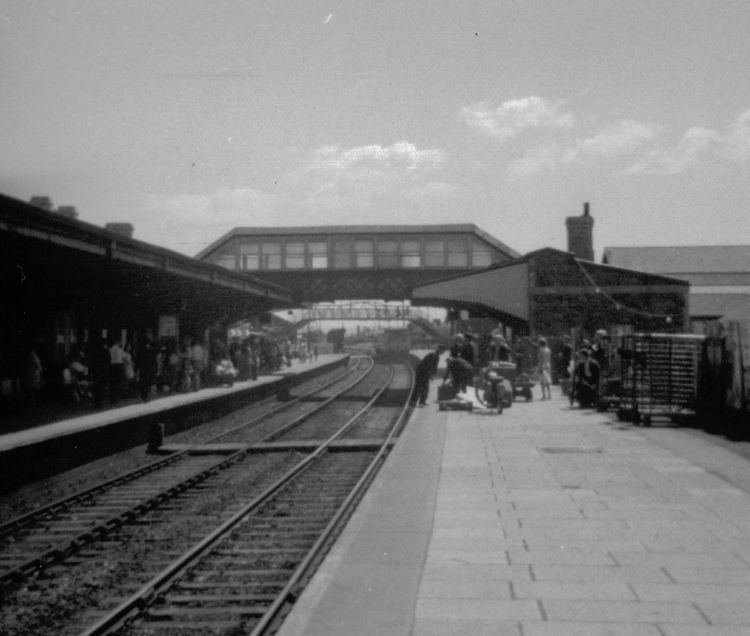 | ||
The Llanelli riots of 1911 were a series of events precipitated by the National Railway Strike of 1911. Mass picketing action at Llanelli railway station was brutally suppressed by the police, resulting in the deaths of two men, shot dead by troops of the Worcestershire Regiment. Rioting followed and magistrates' homes were attacked and railway trucks were set on fire, resulting in an explosion which killed a further four people.
Contents
The incident was highly politically sensitive, as the Great Western Railway through Carmarthenshire, southwestern Wales, was the main route between England and the troubles in Ireland. The Riots occurred during a period of great industrial unrest, and involved prominent figures on the international scene such as Lloyd George, Winston Churchill, King George V, and Kaiser Wilhelm of Germany.
Strike and mass picket
The Llanelli industrial action was part of the first national railway strike. A joint committee of trade unions was created to co-ordinate industrial action in the town, chaired by Richard Squance. It organised a mass picket in Llanelli due to the ease with which strikers could blockade the Great Western Railway at Llanelli railway station. The strike itself lasted only two days; it started on Thursday evening, and by Saturday evening a negotiated settlement had been reached. However, by this time a series of clashes with strikers had led to the deployment of a detachment from the Worcestershire Regiment. The involvement of the army was approved by the then Home Secretary, Winston Churchill.
Shootings
On 19 August, during the negotiations, a train containing strikebreaking workers was held up. The commanding officer of the troops, Major Brownlow Stuart, ordered his men to use bayonets to disperse the crowd. The train passed slowly, but was pursued by strikers who boarded it and put out the engine fire, immobilising it. Troops followed, but found themselves boxed in a cutting, as miners approached, some throwing stones. Stuart asked the local Justice of the Peace to read the strikers the Riot Act, which he apparently mumbled reluctantly. Stuart then ordered his men to fire shots towards the crowd. Two young men were shot dead. One was a 21-year-old tinplate worker named John 'Jac' John, who "had joined the picket line to support his less fortunate townsmen." The other was a 19-year-old youth named Leonard Worsell, who was not involved in the conflict, but had just come out into his back garden when he heard the commotion. In his report Major Stuart claimed his soldiers were firing warning shots, and were unaware of the men when they did so, but other witnesses claim they were deliberately targeted.
Riot
Irrespective of the intentions of the troops, their actions sparked not only the strikers, but also other residents of Llanelli into a day of widespread disorder and rioting, laying waste to many businesses in the town centre. One man was killed when he attempted to use dynamite to open an armoured freight carriage, unaware that the cargo was munitions, resulting in a massive explosion. On the following day three more innocent people died from injuries sustained in the blast. After the disorder was over, the people of Llanelli were very remorseful and ashamed of the widespread looting and vandalism. As such the riots were rarely spoken of in the town, such that most of its later residents were unaware of one of the more significant events in its history.
